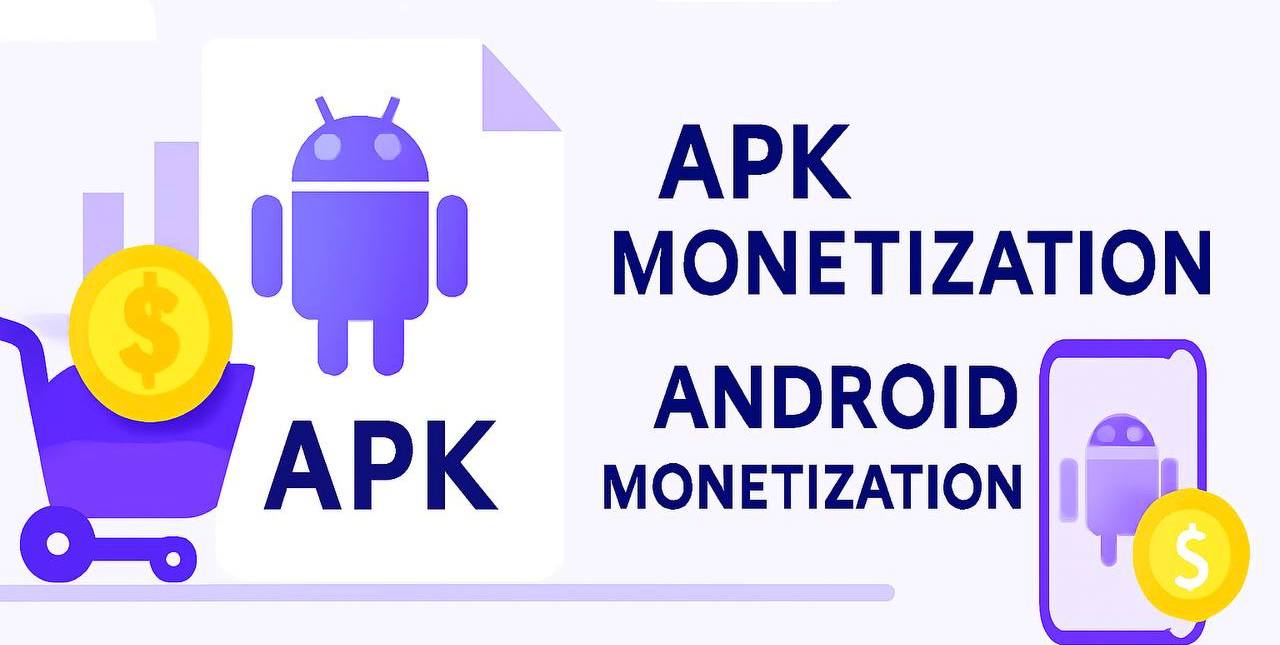Step 1: Audience Evaluation
Before diving into monetization models, it’s essential to first evaluate your app’s audience. Understanding who your users are, what they need, and how they engage with your content is crucial for selecting the most suitable monetization approach. By knowing your audience better, you can ensure that the monetization model you choose will not alienate your users but instead will align with their preferences and behaviors.

For instance, consider who your app targets. Are your users more price-sensitive, or are they willing to pay for premium features or content? You also need to look into user behaviors—do they engage with ads, or would they prefer a subscription-based service? Understanding these patterns will help you avoid choosing a monetization method that might not resonate with your user base.
Step 2: Choosing the Right Monetization Model
After evaluating your audience, it’s time to choose the monetization model that best fits your app. The model you select will depend on various factors, such as the type of app you’re offering, the target audience, and how users engage with your app. Here are some of the most popular Android app monetization models you can consider.
Ad-based monetization is one of the most common methods for generating revenue from an app. It works by displaying advertisements in your app, allowing you to earn revenue without directly charging your users. However, it’s essential to ensure that the ads are not intrusive. If they are, users may become frustrated and abandon your app. You can choose from a variety of ad networks, such as Google AdMob or Facebook Audience Network, which allow you to customize the frequency and types of ads shown to your users.
Another monetization option is in-app purchases (IAP). This model is commonly used in gaming apps, but it can work for other app types as well. In-app purchases allow users to buy virtual goods or unlock premium features or content. This model works well if you have content or features that enhance the user experience, such as extra levels in a game, or special functionalities in a utility or fitness app. Users can pay for these extra features as they engage with the app.
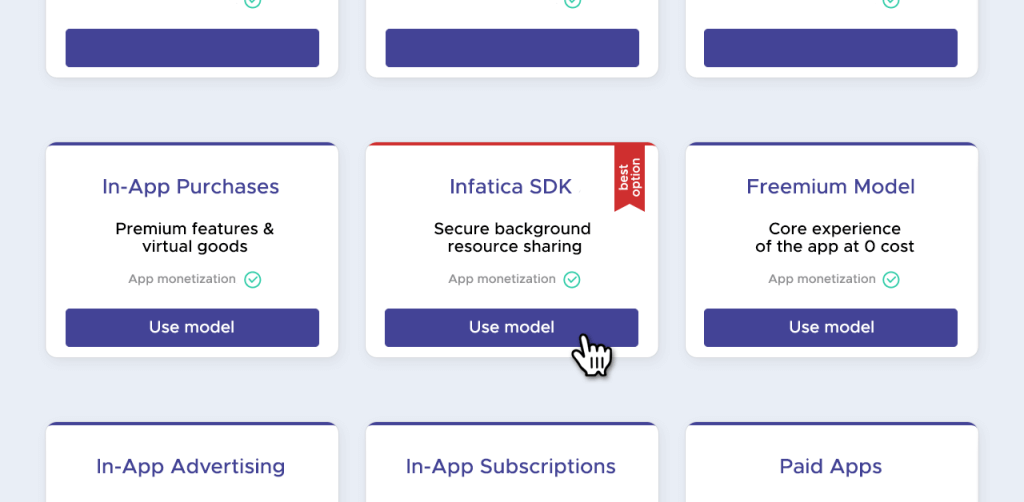
Subscription models are increasingly popular, particularly for apps that offer ongoing value, such as streaming services, educational platforms, or news apps. By offering a subscription service, you can generate consistent, recurring revenue. This model ensures that users will continue to pay for access to premium content or features on an ongoing basis. Offering different subscription tiers based on feature access or content can also help you cater to a wider audience.
There’s also the freemium model, where the app is free to download and use but offers premium features or content at a cost. This model works particularly well in apps that provide valuable services or content, such as task management tools, productivity apps, or personal finance apps. The freemium model allows users to experience the basic functionality of the app while giving them the option to upgrade for advanced features, making it an effective way to attract a larger user base.
Sponsorships and partnerships can also serve as a form of monetization. In this model, you partner with brands or other companies to feature their content or advertisements in your app. This can include affiliate marketing, where you earn commissions for driving sales through your app. If you have a large, engaged user base, sponsorships can become a significant source of income while also providing added value to your users by introducing them to relevant products or services.
Step 3: SDK Integration
After deciding on the monetization model, it’s time to integrate an SDK into your app. The right SDK can help streamline your monetization efforts and enhance your app’s performance. Infatica SDK, for example, offers a passive monetization solution that complies with GDPR and CCPA. Infatica’s SDK is easy to integrate and operates in the background, allowing you to monetize your app without negatively affecting user experience. Users will continue to enjoy your app without feeling disturbed by intrusive ads, while you benefit from passive revenue.
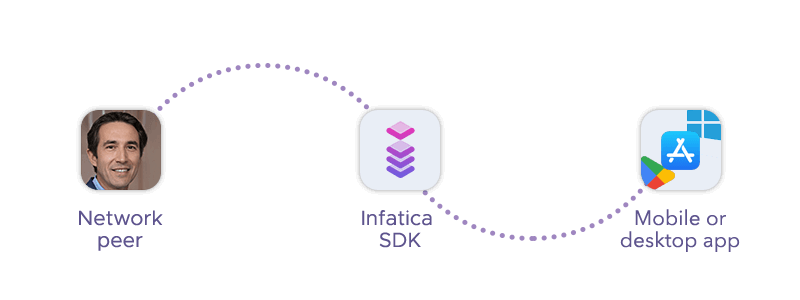
By integrating Infatica SDK, you can ensure that your app is monetized efficiently, without sacrificing the user experience. For instance, if you’re working on a mobile game with a user base of 10,000, integrating Infatica could increase your monthly revenue by up to 50%, resulting in an additional $250 per month. This passive monetization approach benefits you and your users, helping you maximize revenue while keeping them engaged.
Step 4: Testing Your Monetization Model
Once you have integrated your chosen monetization model and SDK, it’s crucial to test how well your monetization strategy is working. You can run various tests, such as A/B testing, to compare the performance of different ad formats, pricing strategies, and in-app purchases. This helps you determine which strategies yield the best results and adjust your approach accordingly.
A/B testing involves presenting different versions of your app to different user groups and comparing their performance. You can test variations of ads, pricing, or subscription offers to see which combination generates the most revenue without frustrating users. It’s important to continuously monitor and fine-tune your monetization strategies to ensure that they are as effective as possible while maintaining a positive user experience.
Step 5: Implementing Analytics
Integrating robust analytics into your app is essential for understanding user behavior and optimizing your monetization strategy. By using tools like Google Analytics for Firebase, you can gain valuable insights into how users are interacting with your app, where they drop off, and how they respond to ads or in-app purchases. This data is invaluable in refining your monetization approach and ensuring you’re offering the right features to the right users at the right time.
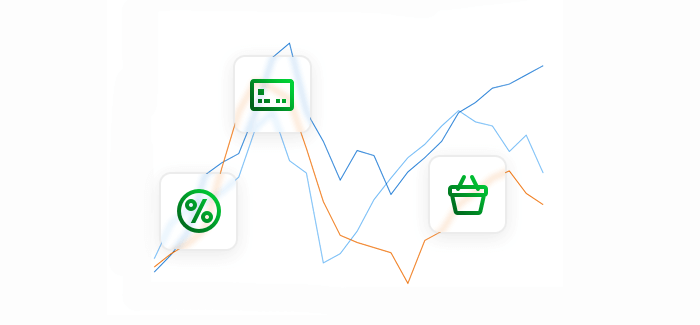
Analytics also helps identify areas where users may be abandoning in-app purchases or subscriptions. This allows you to adjust the flow of your app to make transactions smoother, offer incentives to users, or optimize pricing strategies. The more data you collect, the more effectively you can adjust your monetization models and maximize revenue.
Step 6: Increasing ARPU (Average Revenue Per User)
Once your app is monetized, your next goal is to increase ARPU (Average Revenue Per User). There are several ways you can achieve this, including upselling, cross-selling, and offering time-limited promotions. Upselling involves offering additional features, services, or products to users who are already using your app. For example, a fitness app might offer premium workout plans or personalized coaching services to its users.
Cross-selling involves offering related products or services to users based on their behavior. For instance, a gaming app might suggest in-game purchases or additional content that enhances the user experience. Time-limited promotions can also drive users to purchase in-app content or upgrade their subscriptions. Offering discounts or special deals during peak times can encourage users to spend more.
Step 7: Scaling Your Monetization Strategy
Once your monetization strategy is working well and you’re generating revenue, it’s time to scale. Expanding your app to new markets, adding more features, and increasing user acquisition can all boost revenue. Scaling requires continuous testing, analytics, and refining of your monetization methods to ensure they remain effective at a larger scale.
Consider expanding your app to other countries or regions, localizing it in different languages, or targeting new demographics. You can also enhance your app with new features or premium content to increase user engagement and encourage users to spend more. Invest in marketing strategies to attract new users and build your app’s user base, ensuring steady growth and increased revenue.
How Infatica SDK Solves Monetization Challenges
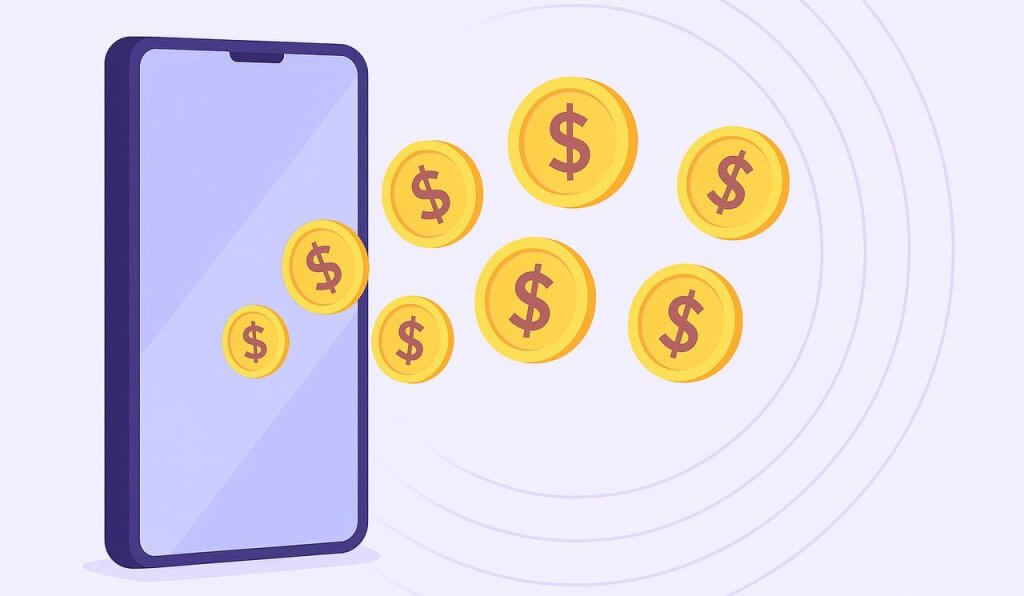
Infatica SDK provides a streamlined, non-intrusive monetization solution for Android apps. This SDK ensures compliance with GDPR and CCPA, allowing developers to meet legal requirements while generating revenue from 100% of their user base. Unlike traditional ads, Infatica SDK operates silently in the background, enhancing revenue without impacting the user experience.
Benefits of Infatica SDK:
- Non-intrusive: The SDK runs quietly in the background, preserving user experience.
- Compliant: Fully adheres to GDPR and CCPA regulations, avoiding potential legal risks.
- Maximized Revenue: Ensures that all users contribute to monetization, increasing your app’s overall revenue.
Checklist: Google Play Policy Compliance 2025
As you finalize your monetization strategy, make sure your app complies with Google Play’s updated policies for 2025. Here’s a quick checklist to ensure your app follows the latest guidelines:
- Ad Transparency: Disclose any ads or sponsored content clearly within the app.
- Data Privacy: Ensure that your app complies with privacy regulations like GDPR and CCPA.
- User Consent: Obtain explicit user consent before collecting data or displaying ads.
- Content Restrictions: Ensure your content complies with Google’s content guidelines, avoiding sensitive or restricted material.
Why It’s Important to Consider Google Play Policy Changes in 2025
As Google Play continues to evolve, developers must stay updated on the platform’s shifting policies to ensure compliance and take advantage of new monetization opportunities. With 2025’s policy changes, Google is placing a greater emphasis on transparency and user privacy, requiring all apps to clearly disclose their data collection practices and advertising methods.
Key Changes to Look Out For
Developers must be aware of the increased regulations around ad transparency and privacy. These changes not only ensure compliance with global data protection laws but also foster user trust, which can lead to better engagement and higher retention rates.
The Impact of Android on the Mobile Industry
Android’s influence continues to grow, with over 70% of global smartphone market share in 2025. As Android remains the dominant operating system, its ecosystem offers vast opportunities for developers to monetize their apps across different regions and markets.
Android’s Global Reach
Android’s dominance in the global smartphone market makes it an essential platform for developers looking to monetize apps. By targeting Android users worldwide, developers can tap into a broad user base that is continuously growing, particularly in emerging markets.
